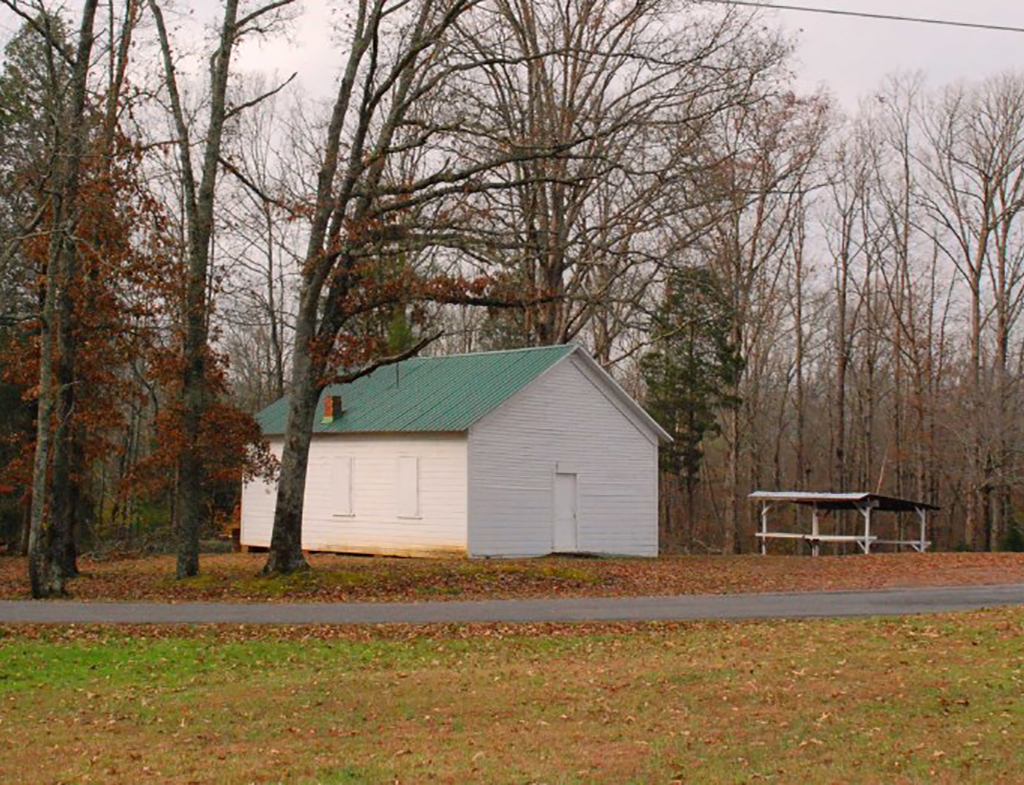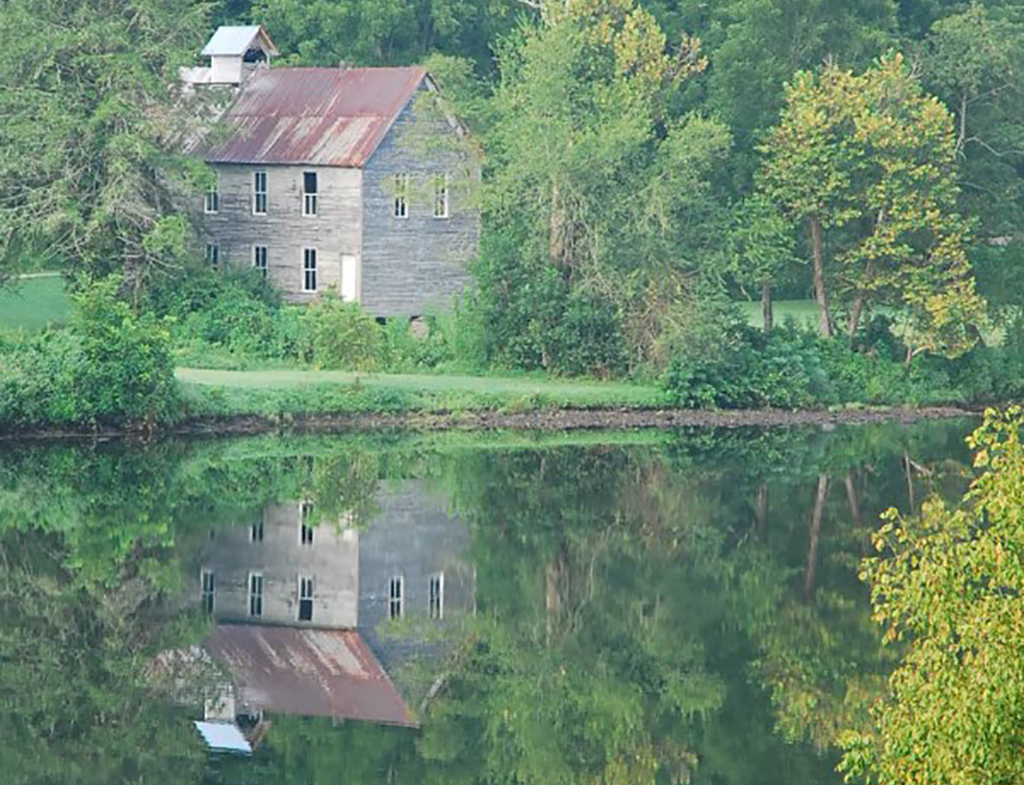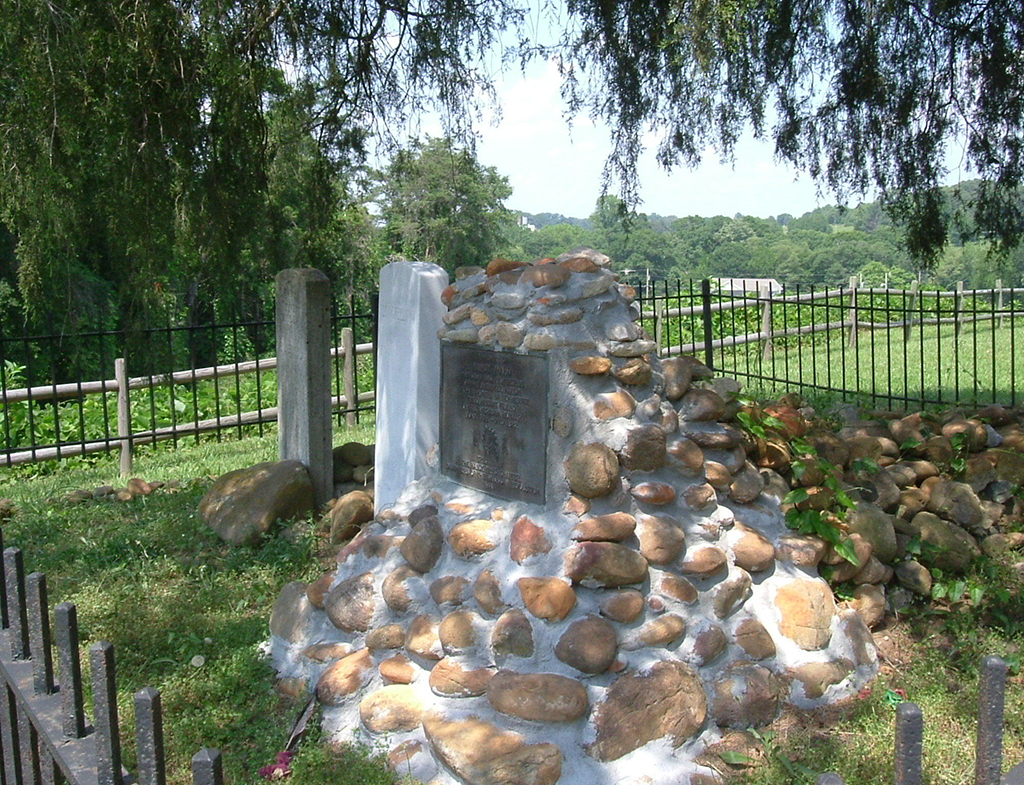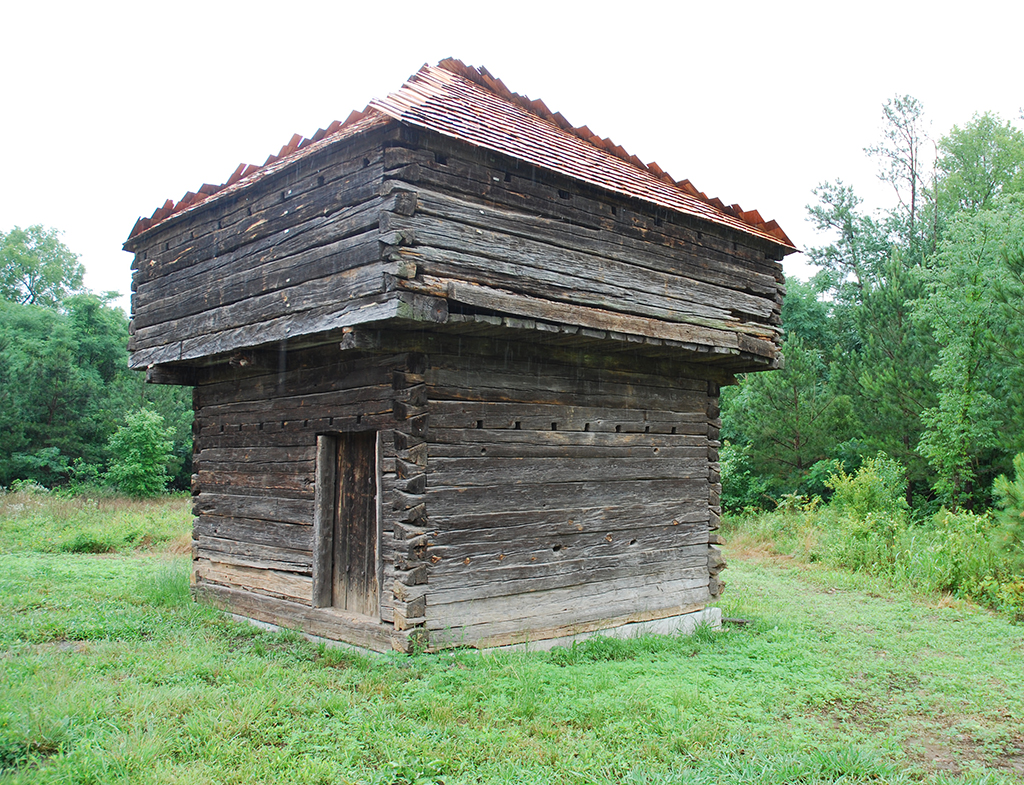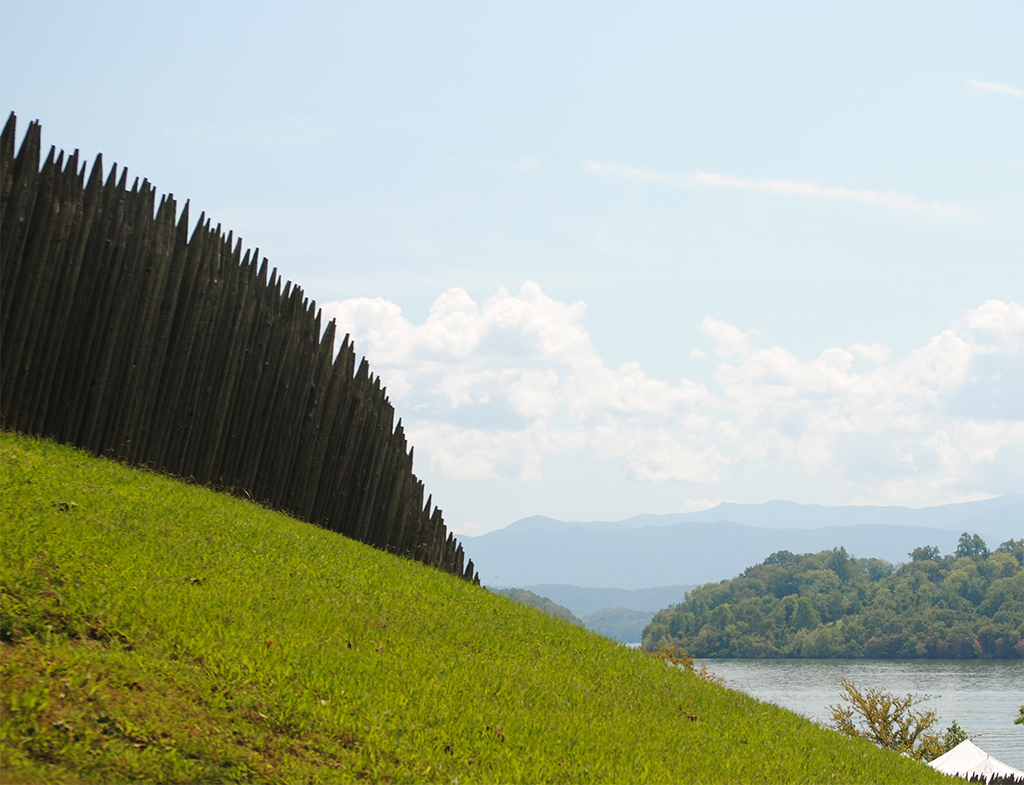This small frame church is all that remains of Bethsalem, a small farming community that was founded by freed slaves after Emancipation. The church began in a brush arbor. Later a log building was built that was replaced in the 1920’s by the current frame structure. For many years Bethsalem was a favorite site for camp meetings. A cemetery sits…
